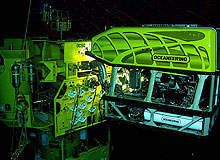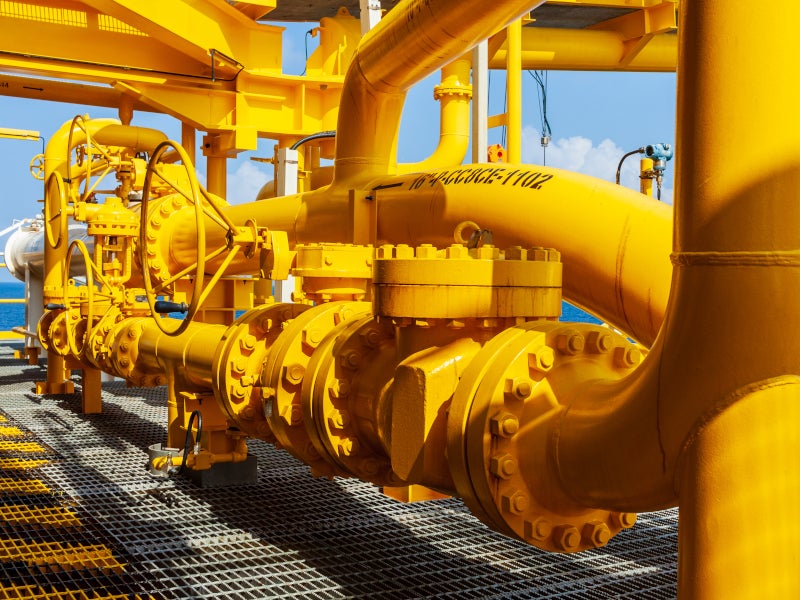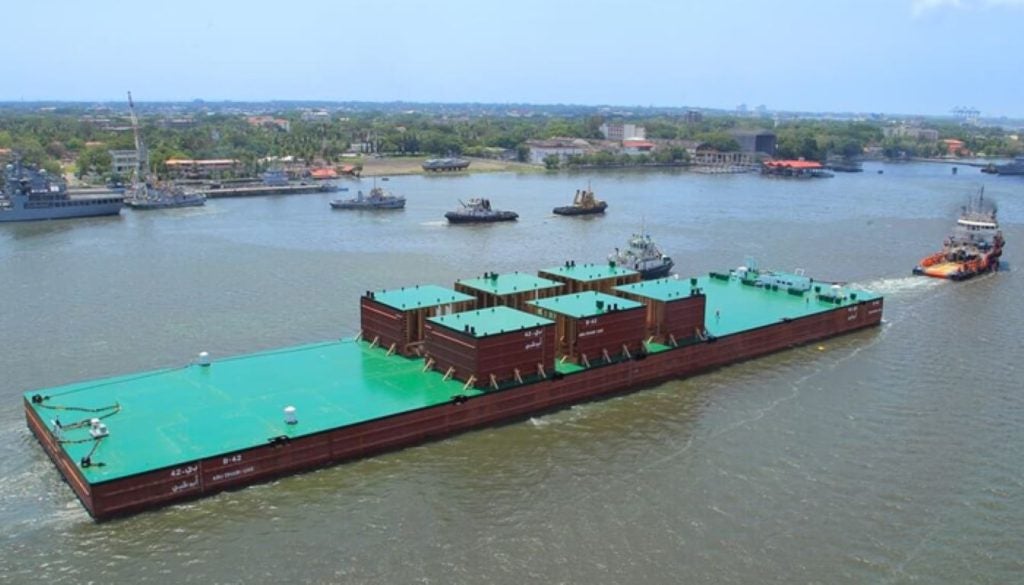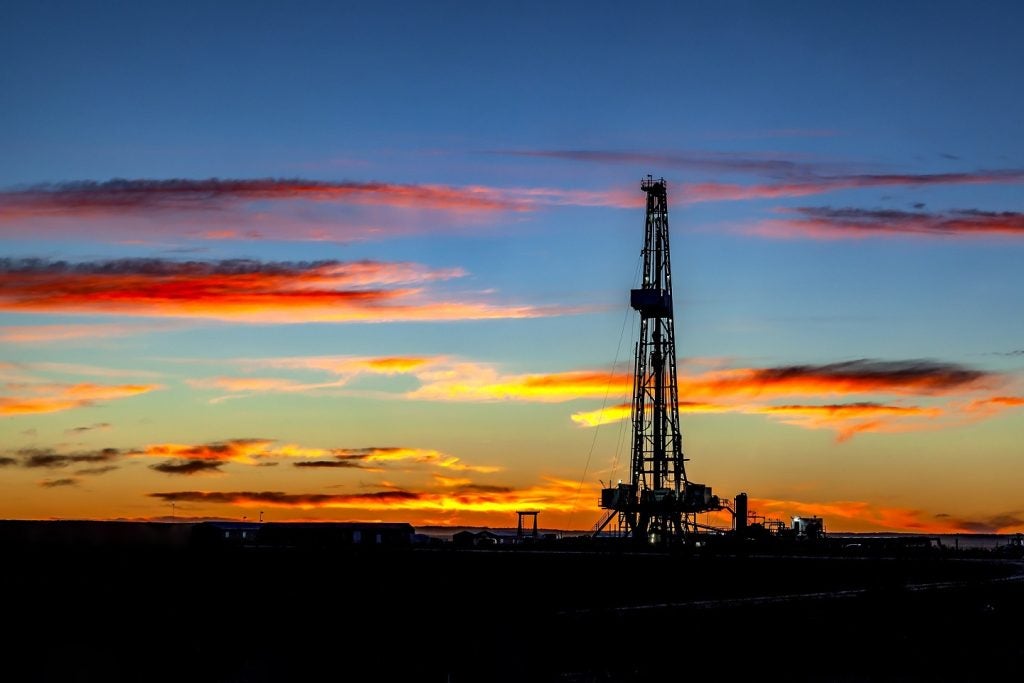
The energy sector is driving important innovations in the remotely operated vehicle (ROV) industry as companies drill down further into the deepest depths of the ocean in search of new opportunities. More and more deep-sea projects are coming on stream whose existence would not have even been possible 10 years ago.
Today’s ROVs are capable of highly advanced robotics and are fitted with sophisticated instruments designed to collect data on anything from the saline content of ocean waters to the health and behaviour patterns of marine ecosystems. And their importance in these projects cannot be overstated.
One of the key advances over the past few years has been in the area of robotic arms, with manufacturers moving increasingly to models able to perform the full seven functions of the human arm, where previously they were limited to five.
Now the game is increasingly about sensitivity, and there is much excitement brewing around the concept of ‘forced feedback’. This refers to technology that allows the ROV operator to physically feel the robotic arm or other attachment as if it were an extension of their own body. Things such as force resistance and ocean movement are all relayed to the control stick above the surface.
"Whoever is controlling the master arm can control the actual force," explains founder and director of ROV Downunder, Bill Bulloch. "These machines can pick up a bottle of wine in one arm and pour it into a glass in another, or they can smash thick concrete and cut through steel."
See Also:
ROV advances
How well do you really know your competitors?
Access the most comprehensive Company Profiles on the market, powered by GlobalData. Save hours of research. Gain competitive edge.

Thank you!
Your download email will arrive shortly
Not ready to buy yet? Download a free sample
We are confident about the unique quality of our Company Profiles. However, we want you to make the most beneficial decision for your business, so we offer a free sample that you can download by submitting the below form
By GlobalDataOver the next few years it is expected that this area will see important new advances allowing for increasingly specific and delicate robotic activities to be performed by ROVs. At the same time important advances are expected in the area of communications, particularly with regard to the transmission of real-time video over greater distances.
There are cases, of course, when even if video were possible, it would not be effective. This could be the result of poor visibility or physical obstructions, such as might occur in complex plant environments.
Schilling Robotics, the company that built the arm used on the Space Shuttle Challenger, is working on the first generation of ROVs that can be programmed to interpret CAD drawings of projects, helping to reduce the margin for error.
More generally, the ROV industry is increasingly turning to the use of simulators to plan and direct the activity of vehicles.
And on the IT side, ROV manufacturers have made great improvements to control systems, for instance incorporating touch screens with hard controls to deliver a more intuitive experience.
Data collection is another important area forming the ROV market. As project sites have increased in size and depth they are playing host to increasing numbers and varieties of sensors reporting on things such as production variables, asset health as well as the flagging of potentially abnormal situations.
Whereas a single production field may have 20 to 30 operating wells, with more than 40 production trees and manifolds, each of these assets can have anywhere from five to 15 monitoring sensors mounted. With traditionally mounted instrumentation, offshore operators would periodically be required to lift an asset such as a tree or manifold to the surface in order to repair it. This would require shutting off production associated with those assets, plus the significant cost of hauling the asset to the surface and replacing failed or compromised instrumentation, which in some cases could cost more than $1m a day.
US firm Emerson announced recently it is conducting a trial of its Roar ROV Sensor Retrieval System in partnership with BP, Chevron, Shell, Total and Statoil. The system features a complex set of capabilities for reading and maintaining sensors which Emerson says could completely transform this area of operations. The project is being sponsored by Demo 2000, a Norwegian government research initiative advancing development of more efficient and cost effective technologies servicing the Norwegian Continental Shelf (NCS).
ROV power
Key to extending the range and operational stamina of underwater ROVs is reducing the thickness of their umbilical chords, which requires the development of alternatives to direct power supply. The obvious one is batteries and there have been significant advances in terms of weight and performance over the past few years.
A promising new area with important implications for power sustainability, however, is the study of underwater motion. For instance, manufacturers have been trialling vehicles that can generate their own power by moving on a dolphin-like trajectory.
Of course, energy exploration isn’t the only industry reliant on ROV technology.
Telecommunications and defence are two key markets for ROV manufacturers, while newer sectors such as water desalination are now beginning to emerge.
The Australian federal as well as NSW and Queensland state governments have made significant investments in desalination infrastructure in a bid to secure future water supply for metropolitan areas, some of which have been subjected to severe water restrictions following one of the worst droughts in the nation’s history.
The key challenge with these projects is monitoring and conducting maintenance throughout extensive and narrow pipe systems, which would be far too dangerous for divers to contemplate.
Currently on site at a major plant in South Queensland, ROV Downunder is putting some of the smallest ROVs on the market to work.
"Now we can go with a suitcase ROV mobile on top of portable water tank or water – drop vehicle and carry out full inspection of the tank," Bulloch explains. "A lot of the time we don’t even have to disrupt production."






